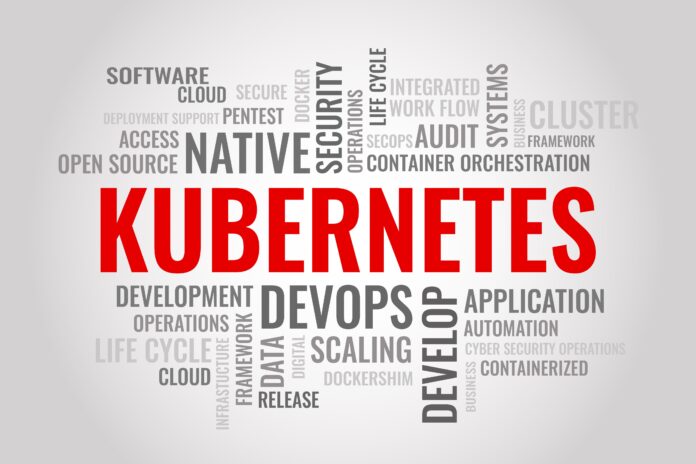They implemented an in-service software upgrade on a live production network
Finnish telco Elisa and Swedish vendor Ericsson deployed what they say is the first in-service software upgrade (ISSU) capability on a live production 5G Standalone network in Europe.
According to the press statement, the tech being used with live customer traffic in Elisa Finland’s 5G SA network. The function will be introduced to other parts of the 5G Core solution later, apparently.
The ISSU is seen as an important step in setting up and automating and self-driving networks using Ericsson’s cloud-native, dual-mode 5G Core, which is deployed in containers using Kubernetes orchestration.
Individual lifecyles
According to the two, the advantages are being able to build and run an implementation architecture on microservices, each of which can run individual lifecycle management processes.
Put another way, each of the microservices operating in a live network can be upgraded and separately managed without disrupting other network functions, making software upgrades less risky and onerous. In other words, it does what microservices were promoted as being able to do from when they surfaced in telecoms several years ago.
Markus Kinnunen, Vice President, Cloud Services at Elisa said, “Elisa is known as one of the most automated digital service providers in the whole world. Now we continue on this path by launching new capabilities in our 5G network together with Ericsson.
Business possibilities
“5G standalone network will further improve the customer experience and with the cloud-native infrastructure and enhanced automation we can unlock new services and business possibilities.”
Daniel Ode, Acting Head of Customer Unit Northern and Central Europe at Ericsson added, “Upgrading and evolving software across the core network without interruption of service to end users is one of the hallmark benefits of cloud-native 5G architecture.
“We’re proud to have worked with Elisa to bring this functionality to its 5G Standalone network in Finland as part of a longstanding partnership to drive digital transformation in the country.”
Network slicing is the most obvious and long-awaited benefit of 5G Standalone – that is being able to provide ‘slices’ of bandwidth with parameters specified to suit any particular application. The slices can be ‘permanent’ or temporary, and the aim is they can be set up and torn down by customers as required, with the customer only paying for each use.


